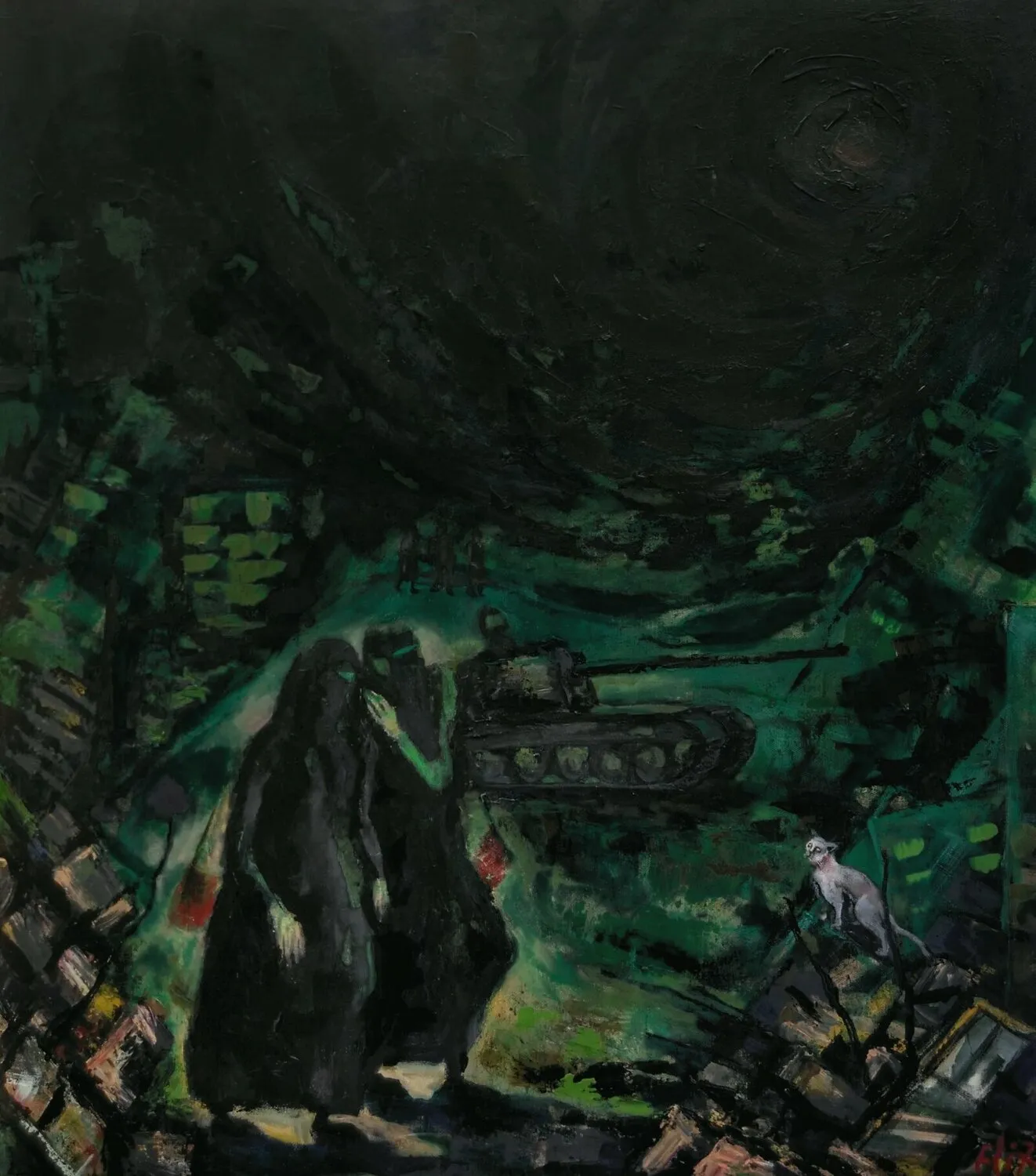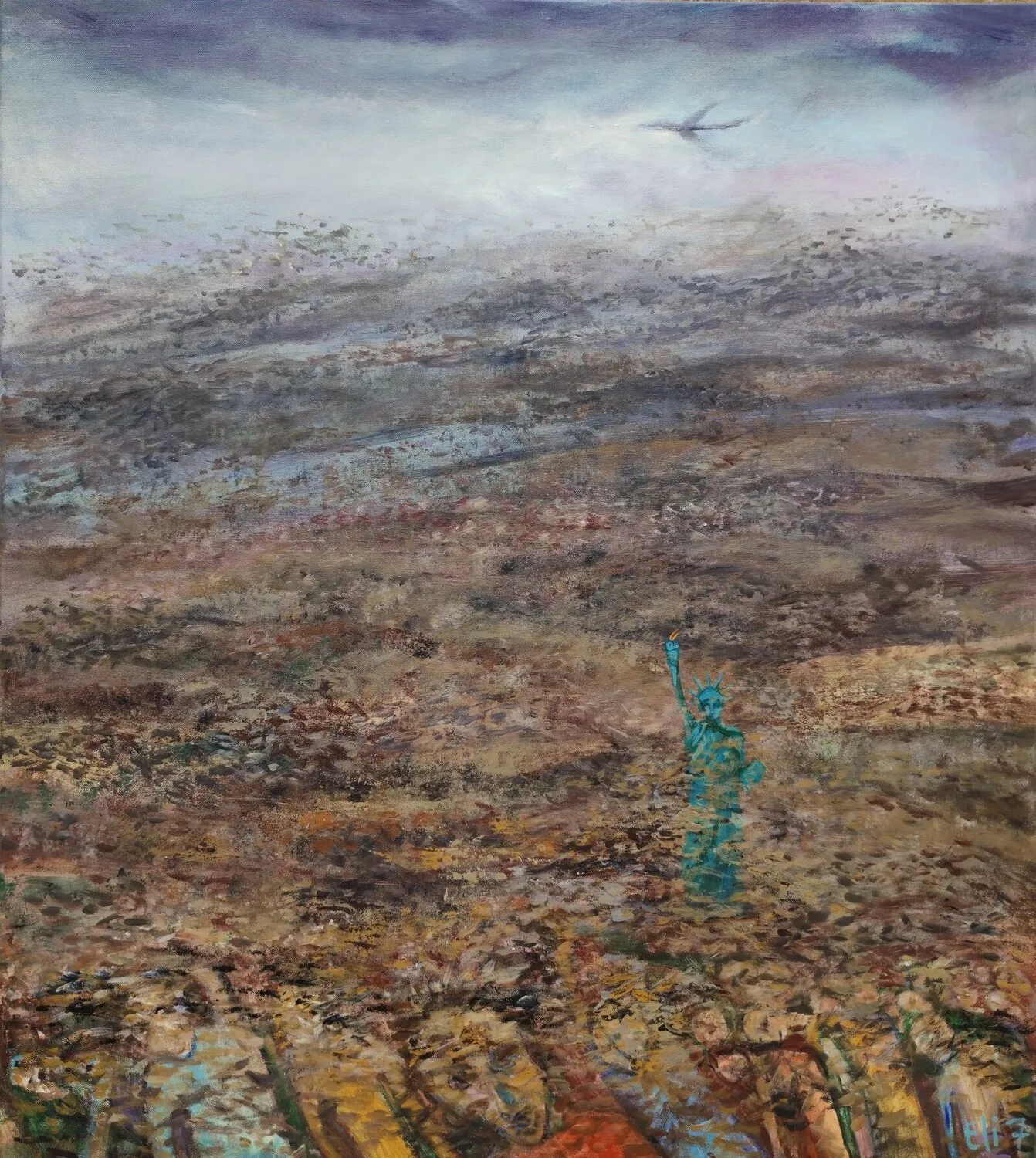Torah Study Date
Saturday, July 29, 2023
Verses Covered
Exodus (Sh’mot) 10:1-10:8
Next Session
Saturday, August 5, 2023
Starting at Exodus 10:9
Last week, we discussed YHVH telling Moses to go to Pharaoh. We discussed YHVH stating his purpose in making Pharaoh’s heart heavy, namely, to display YHVH’s signs among Pharaoh and his servants (he made the latter’s hearts heavy, too). YHVH stated a second purpose, namely, for the Israelites to tell in the hearing of their sons and of their sons’ sons how YHVH abused the Egyptians and set his signs among them, and for the Israelites to know that “I am YHVH.” We connected this to the seder (in which the story is told in the hearing not just of adults but also children). We noted here, as R. Myra has noted in the past, the purpose not just of getting the Egyptians to know that “I am YHVH,” but also for the Israelites to know it. We briefly revisited the topic of “free will.” R. Ben noted that the use of bodily parts in the original Hebrew sometimes drops out in translation (e.g. “in the ears of your sons” becomes “in the hearing of your sons”).
We discussed Moses and Aaron going to Pharaoh and telling him that YHVH said, “How long do you refuse to be humbled in front of me?” and that if they refused to let YHVH’s people go, YHVH would send them a locust swarm so great it would be impossible to see the land. We noted this as another example in which a bodily part reference drops out in translation (“the locust storm will cover the eye of the land” becomes “they [the locusts] shall cover the surface of the land”). We noted the severity of this plague. The locusts will eat everything that remains to be eaten and the locusts will fill your houses, your servant’s houses, and all the houses of Egypt—with a severity not seen by your fathers and your father’s fathers until this day. We noted the striking fact that, at that point, Moses abruptly turned and went out from Pharaoh—without waiting for a reply or utilizing any polite phrases of departure.
We discussed Pharaoh’s servants trying to get Pharaoh to see that Egypt had perished. They say to Pharaoh, how long will this be a trap for us, let them go, don’t you see that Egypt has perished (meaning, how long will you fall into the trap of resisting and thus causing Egypt’s destruction through the plagues that result from the resistance). We noted that Moses and Aaron were brought back at that point (by whom? Servants? Pharaoh? And why is the passive utilized?). At that point, Pharoah relents and tells the Israelites to go and serve their God.
During our discussion, R. Ben pointed out that we are on the side of the plagues and noted that many attempts to make the story of the plagues contemporary imagine that we are suffering from the plagues while in Exodus, the plagues were to help us not to harm us. The plagues are on our side. They are not against us. We discussed many other topics as well.
Our artwork this week is from Russian Israeli Jewish artist, Elisheva Nesis (1962- ), 10 Plagues of Egypt: Darkness (above), and 10 Plagues of Egypt: Locusts (below). They are from her painting series called “Modern Bible.” She says, “The series of original paintings ‘MODERN BIBLE’ is a mix of actuality and eternity. The Bible’s darkness lasted 3 days. The new one may last longer….” Her plagues paintings mix biblical story with contemporary actuality. If you look closely, you’ll see that “Darkness” includes middle eastern figures and themes and that “Locusts” portrays the Statue of Liberty above the people seemingly drowning in locusts and dust.


